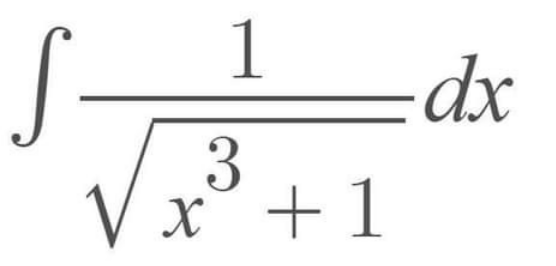
AllQuestion and Answers: Page 577
Question Number 161412 Answers: 0 Comments: 0

Question Number 161410 Answers: 0 Comments: 3

Question Number 161409 Answers: 2 Comments: 1
Question Number 161408 Answers: 1 Comments: 1

Question Number 161407 Answers: 1 Comments: 0

Question Number 161406 Answers: 0 Comments: 0
Question Number 161404 Answers: 1 Comments: 0

Question Number 161403 Answers: 0 Comments: 0
Question Number 161396 Answers: 0 Comments: 2
Question Number 161393 Answers: 0 Comments: 0

Question Number 161391 Answers: 0 Comments: 4
Question Number 161387 Answers: 0 Comments: 0
Question Number 161386 Answers: 0 Comments: 0

Question Number 161378 Answers: 0 Comments: 0
Question Number 161377 Answers: 3 Comments: 2
Question Number 161381 Answers: 1 Comments: 0
Question Number 161371 Answers: 0 Comments: 0
Question Number 161369 Answers: 2 Comments: 0
Question Number 161366 Answers: 2 Comments: 0
Question Number 161362 Answers: 0 Comments: 1
Question Number 161361 Answers: 0 Comments: 1
Question Number 161356 Answers: 1 Comments: 2
Question Number 161353 Answers: 0 Comments: 0
Question Number 161367 Answers: 1 Comments: 1

Question Number 161346 Answers: 0 Comments: 0

Question Number 161342 Answers: 2 Comments: 0
Pg 572 Pg 573 Pg 574 Pg 575 Pg 576 Pg 577 Pg 578 Pg 579 Pg 580 Pg 581
